Our blockbuster FTC disclosure awaits here. The following article was last updated on Nov 21, 2025 ...
Cleaning Your Chain And Final Drive
Alright. I'm going to give it to you straight. This post is about more than just cleaning a chain. It's about facing the mess that eventually builds up underneath your front sprocket cover until things cease to operate, well ... smoothly. If you don't get to it eventually, you might find yourself documenting a much more efficient method for replacing your hydraulic clutch/brake fluid when really the problem sits elsewhere. Not that I'm naming names or anything (er, um).
“This is about more than just cleaning a chain. It's about facing the mess that eventually builds up underneath your front sprocket cover.”
Yes, I'm going to provide an easy and effective how-to on the topic of cleaning your motorcycle chain and yes, I'm going to provide images and video but your interest in what is quite the simple process is my opportunity to warn you about something that, over time, can run amok. Get it? See what I did there? I took the word "muck" (because dirty chain) and used it with ... ah never mind.
Chains fling lubricant. Sure, the better chain lubes on the market (PJ1 Blue, Maxima, Lucas) aim to suppress this but none completely deter it. In fact, the eventual loss of your preferred lubricant helps to ensure harmful grit doesn't overcollect and eventually harm the links.
Centrifugal force at both the front and rear sprockets causes this fling. Chain goes 'round, takes a curve, fluid goes flying, repeat. At the rear of your motorbike, this isn't much of a concern but a cover (usually) houses the front sprocket, often alongside electronic sensors and, my own reason for writing this article, a clutch actuator rod.
These parts aren't all that hard to get to. Access on my own Bandit 1200 is merely a matter of disconnecting the shift linkage, loosening a few Allen heads and keeping track of their reassembly pattern. Any flat surface proves capable of keeping things organized but consult your motorcycle service manual before you go diving in.
It's best that we clean everything under this cover before we attend to the chain, because the task calls for misting a bit of degreaser onto a shop rag. Lubricating a chain and then using a cleaner/degreaser such as Super Clean nearby is sort of self-defeating. Let's rid ourselves of the entire mess first, coating the chain respectively afterward.
I should probably mention that you don't need this sort of cleaning every time you lubricate your chain. I'm of the belief that chain cleaning is a 500-600 mile chore. We do everything I'm stuffing into this suggestive tutorial to our bikes every few efforts, meaning 2,000+ miles.
Note: Login/Register to make use of our member maintenance area and start keeping track!
Anyhow, we're going through the motions and I've pulled off the front sprocket cover to find a greasy mess. I originally thought old fluid in the clutch reservoir made my engine shift rough but the caked-up nastiness most certainly increases the thickness of my clutch actuator rod. Where did this buildup come from, you ask? Take a guess.
Chains need lubricant. Chains fling lubricant. Bits under the cover will eventually need cleaning.
So, again ... applying degreaser to a shop rag enables control over its end destination. We don't want to drench everything in cleaner/degreaser. While it is surprisingly "non-hateful" toward all things motorcycle, it might damage gaskets, seals and O-rings if applied at random and unwittingly. Plentiful amounts on a shop rag, however, aren't a problem. Jacket the affected areas using your chemical rag before wiping up after it with another (dry) rag.
As for your clutch actuator rod, there's no harm in pulling it for a bit of individual attention ...
After reassembling the inner-workings of your motorcycle's final drive, double check everything ...
Now, let's get the cover back on and clean/lubricate your chain! As a two-part process, cleaning is a greater source of debate. People often raise eyebrows when you employ chemical solvents.
If you're comfortable with the idea of using WD-40 for cleaning purposes on an O/X-ring chain, let me just mention that I do the same. If you find this matter suspect but are open to supportive argumentation, I highly recommend this video. If you're absolutely against it and "ain't nobody convincin' you otherwise," our initial use of hot/soapy water with organic dish soap is a safe bet.
Get organized, grab your grunge brush and put your motorcycle in neutral with the engine shut off. While it is possible to do everything you're about to see with the bike on its center stand idling in first, that's not the safest approach. Onto the video ...

What's Your Preferred Chain Cleaning Technique?
Some use chemicals and a chain brush. Others use soapy water and a sponge. What methods do you prefer? How are they effective and why? Your input is invited. Leave a comment and/or write an article!
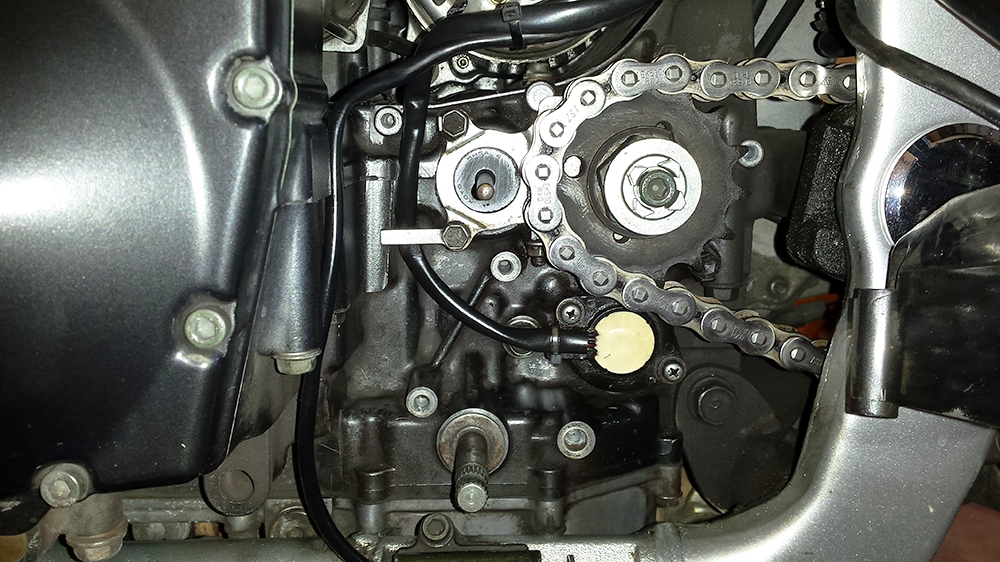
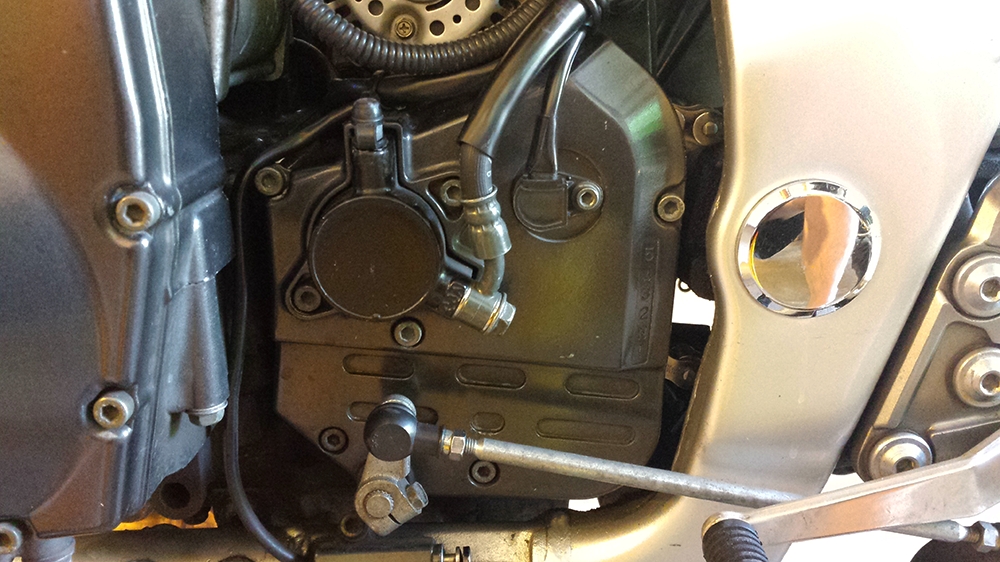
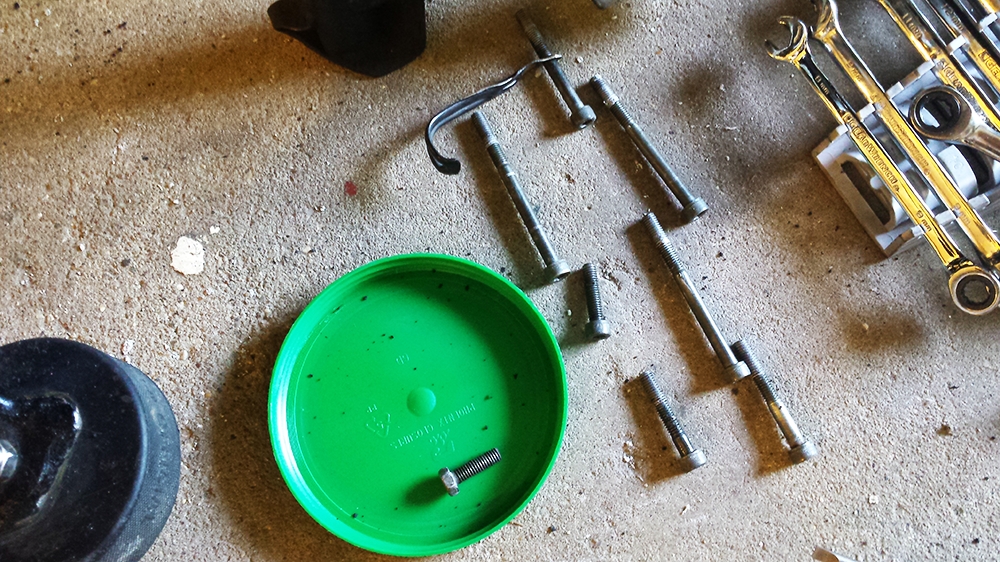
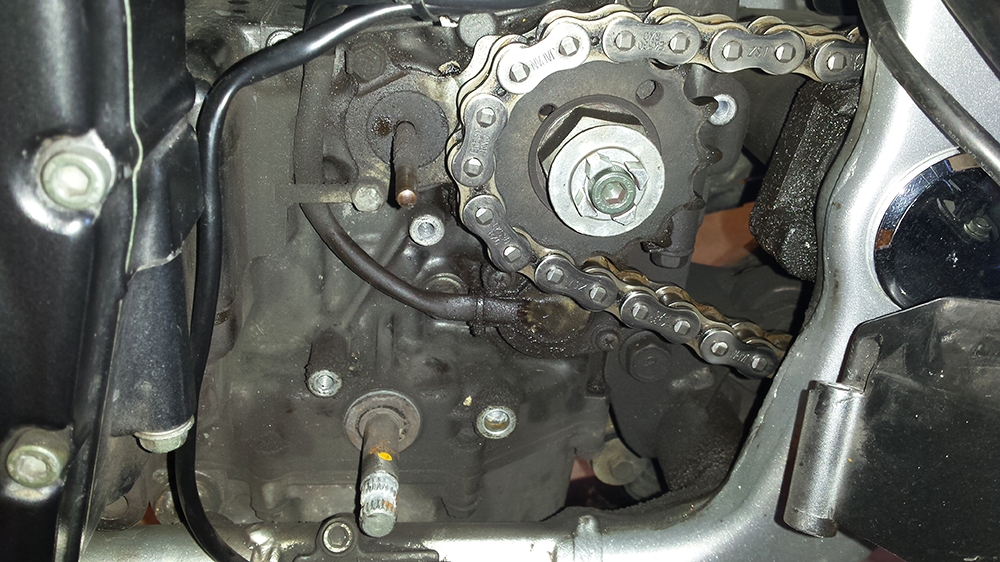
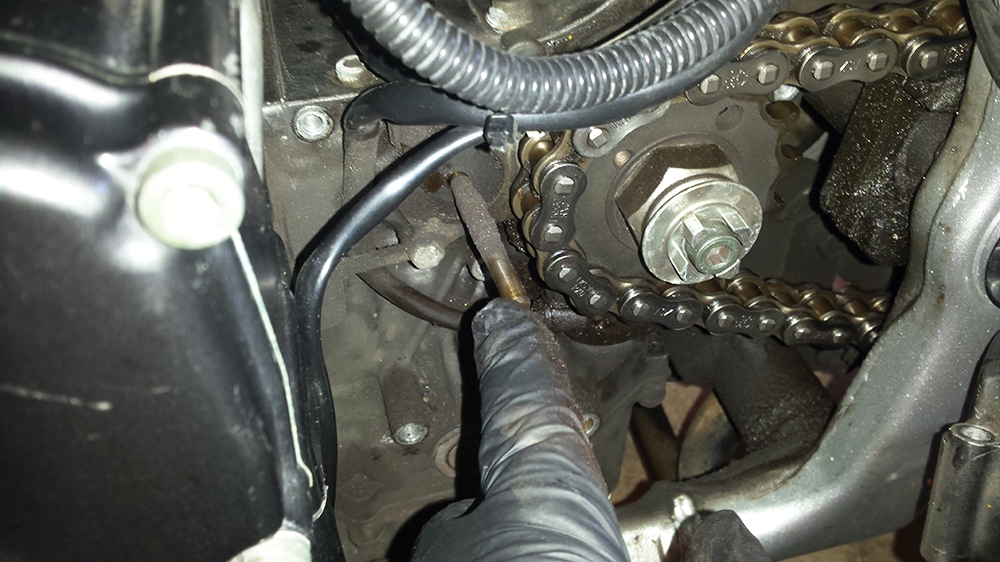

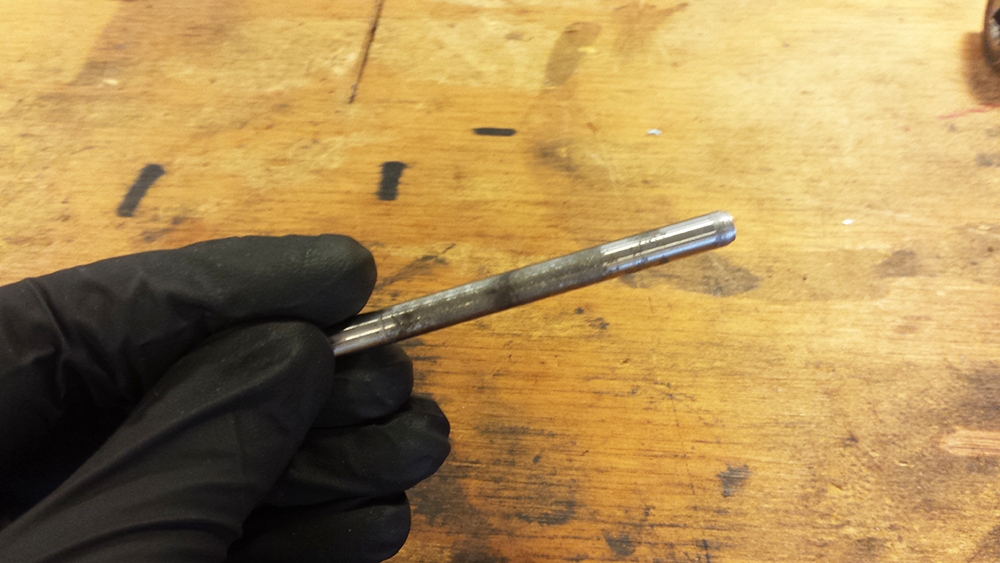



Comments
Thank you for providing valuable insights on the topic of cleaning chain and final drive. May your pen never run dry! God bless you.
Thoughts gone wild? Write an article!